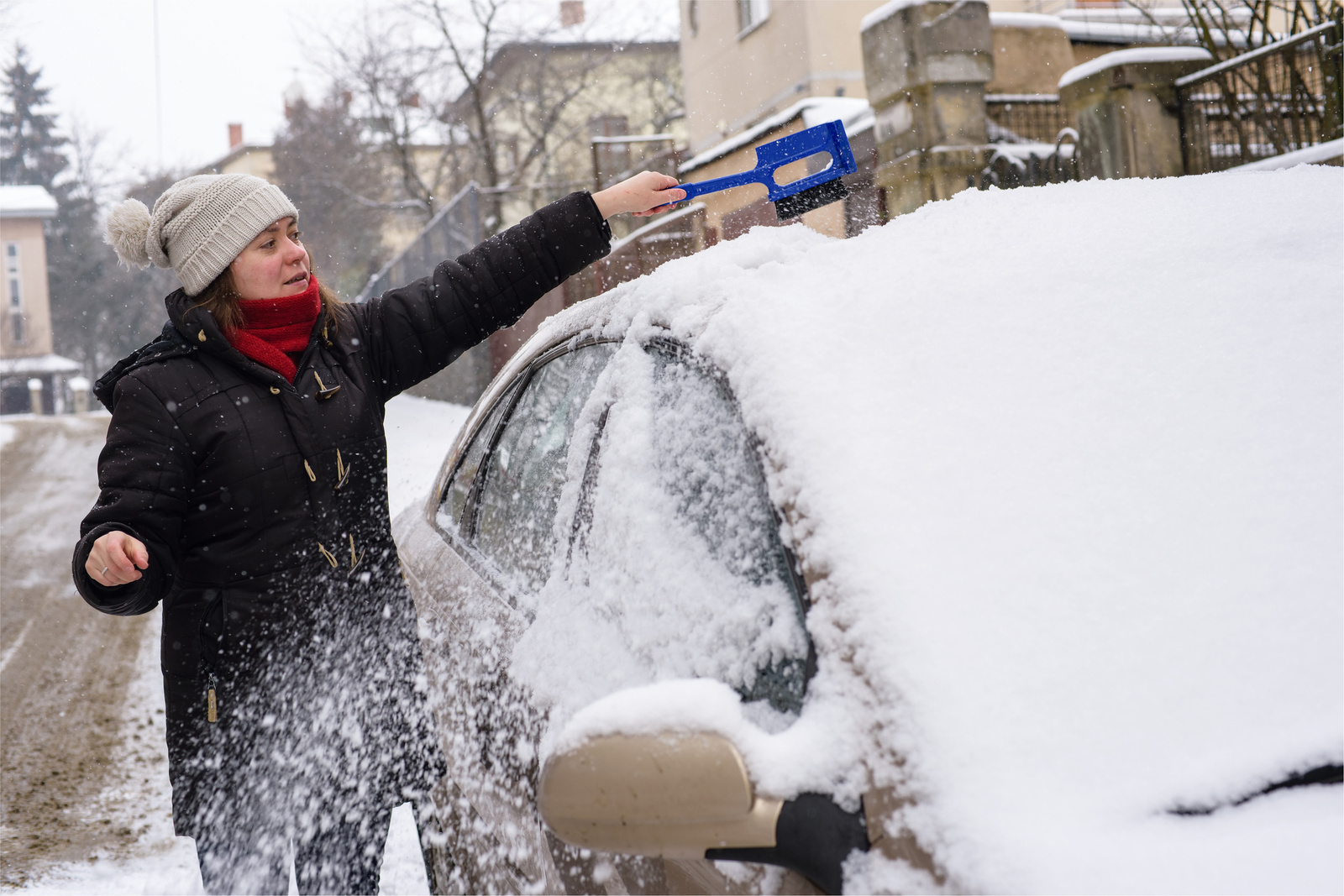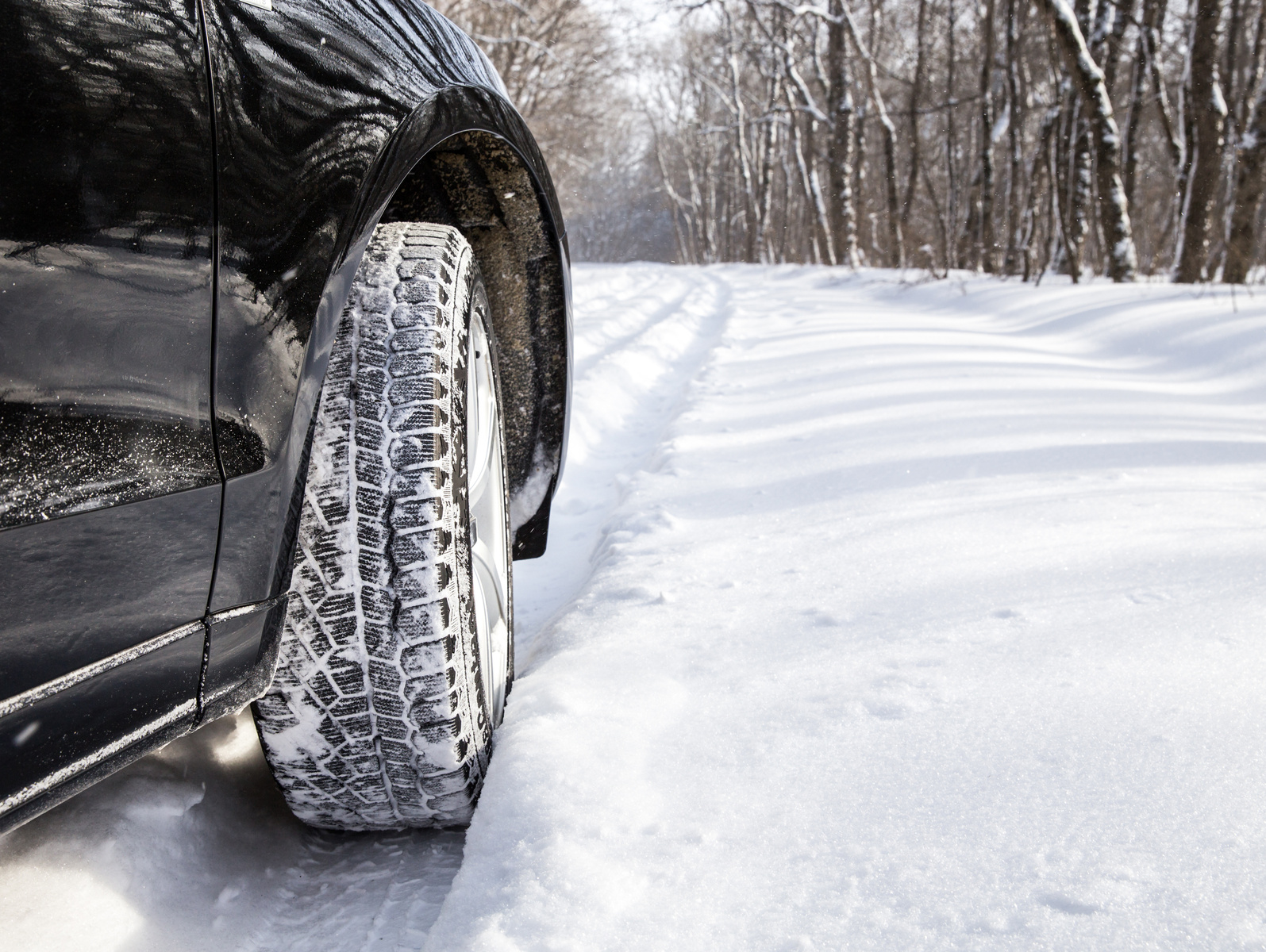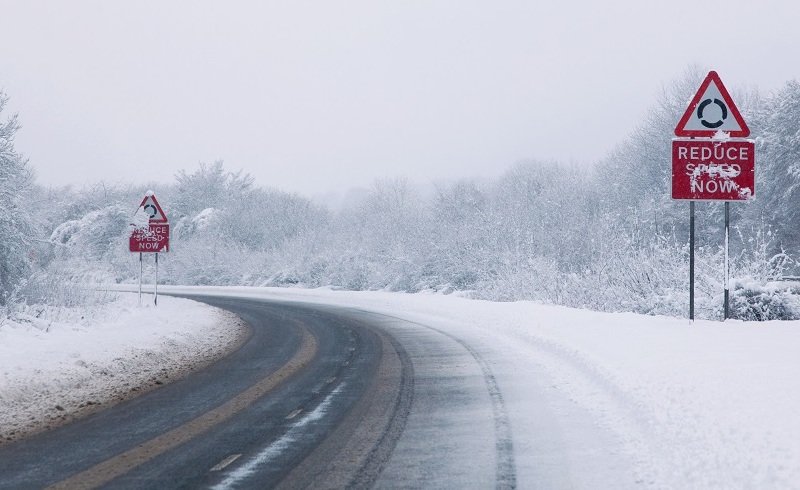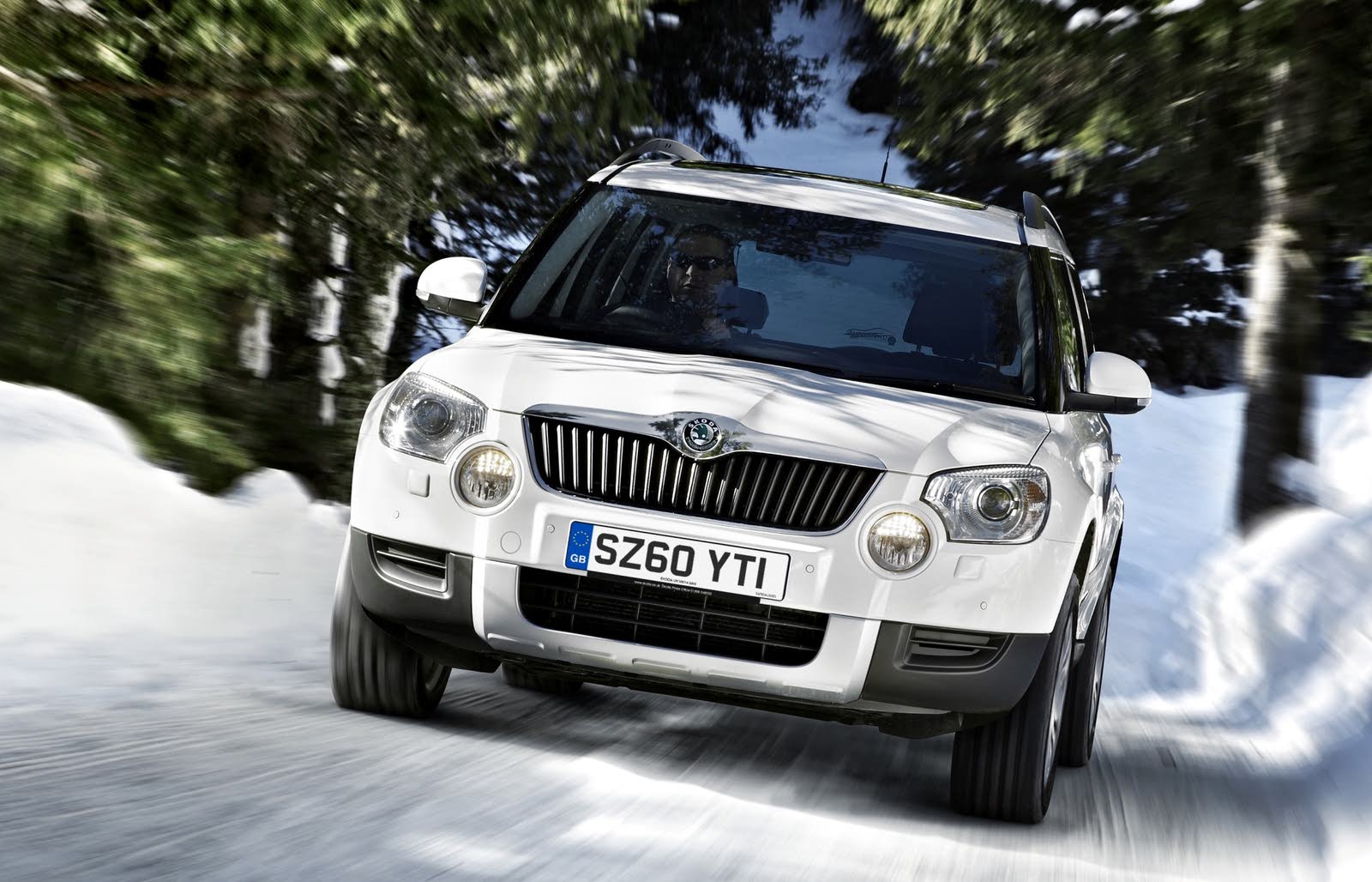Of all the road conditions faced by UK motorists, none are quite as hazardous as ice and snow. For that reason, when the weather reaches these extremes, the accepted wisdom is to stay put and postpone your journey until another time. However, if that’s simply not possible, use the following winter driving tips to give you the best chance of staying safe.

Be Prepared
Car batteries take plenty of abuse during bad weather in the winter months. So, if you haven’t had a new one in the last five years, it could be time to change. Similarly, you’ll rely on your lights and windscreen wipers much of the time, so make sure these are in full working order and that the screenwash is topped up and at the correct concentration for the time of year. Make sure your car's coolant system is topped up too, and has the right amount of antifreeze in it.
It's also a good idea to keep the fuel tank at least half full and have a kit of winter essentials in the boot. This should include:
- Blanket
- Hat
- Gloves
- Torch
- Fully charged mobile phone (and a charger)
- Small shovel
- Snow socks, snow chains, or some patches of old carpet
- Snacks and water
- First aid kit
Ideally these items will stay untouched until spring arrives, but in the event you do become stranded, it is vital that you can call for help, dig yourself out of trouble, or even just wrap up to keep as warm as possible. A set of snow socks or snow chains that wrap around your tyres to give extra grip in snowy conditions can also get you moving (as can a couple of patches of old carpet placed under the tyres), but they should be removed as soon as you reach a gritted road.
If your car becomes well and truly stuck, you can run the engine to keep warm, but make sure there’s nothing blocking the exhaust pipe, as this could force toxic fumes into the cabin.

Winter Tyres
If you’ll regularly be driving in the winter months, consider investing in a set of all-season or winter tyres, which perform much better than standard tyres when the temperature drops below 7°C. Even if you have a car with four-wheel drive, winter tyres will dramatically improve traction when pulling away and will grip more confidently when you are cornering or braking. A front wheel-drive or rear-wheel-drive car with winter tyres will have better grip and traction in wintery weather conditions than an all-wheel-drive car with summer tyres.
If you stick to standard tyres, at the very least aim to have at least 3mm of tread depth left to cope with slippery conditions, because even heavy rain can cause problems when it's cold.

Before You Leave
Before going anywhere, remember that making sure your car is safe to drive is a legal requirement. This includes spraying the windscreens and windows with de-icer (don’t use hot water, which could crack the glass) and using an ice scraper if necessary. Make sure you clear snow from the roof, bonnet, number plates, and lights.
Use major roads whenever possible, as these are more likely to have been gritted. Generally it is best to follow in the tracks of other cars, but if you are using winter tyres and still struggling for grip, it can actually be beneficial to aim for any fresh snow on the road due to the way those tyres are designed to work.
Putting your foot on the clutch while starting the engine will reduce the drain on the battery. Always drive with your headlights on dipped beam so that other road users and pedestrians can see you. As a rough guide, if you can see the car in front, you probably don’t need fog lights as well.

Driving Tips
The margin for error required when you drive in heavy snow or icy conditions is significantly greater than that when driving in the dry. Stopping distances alone can be up to 10 times longer, and if you hit a patch of ice on a bend, you can quite quickly become a passenger, with no control over a car that's quickly on its way to the scene of the accident.
All of which means it’s vital to proceed with caution, always operate the accelerator and brake pedal smoothly, and to leave a gap of about 20 seconds to the car in front. If your car does begin to skid, move the steering wheel gently towards the direction you want to travel and avoid using the brakes unless you really need to.
If you’re having trouble getting moving, try pulling away in a higher gear, such as second gear rather than first, and always aim to keep the engine’s revs low to avoid wheel spin. When heading up a steep hill, it can pay to wait until the road is free from traffic. The last thing you want is to have to stop behind a stranded car. If going downhill, keep in a low gear where possible and try to avoid touching the brakes. Along with steering smoothly, this will help you to stay in control.

